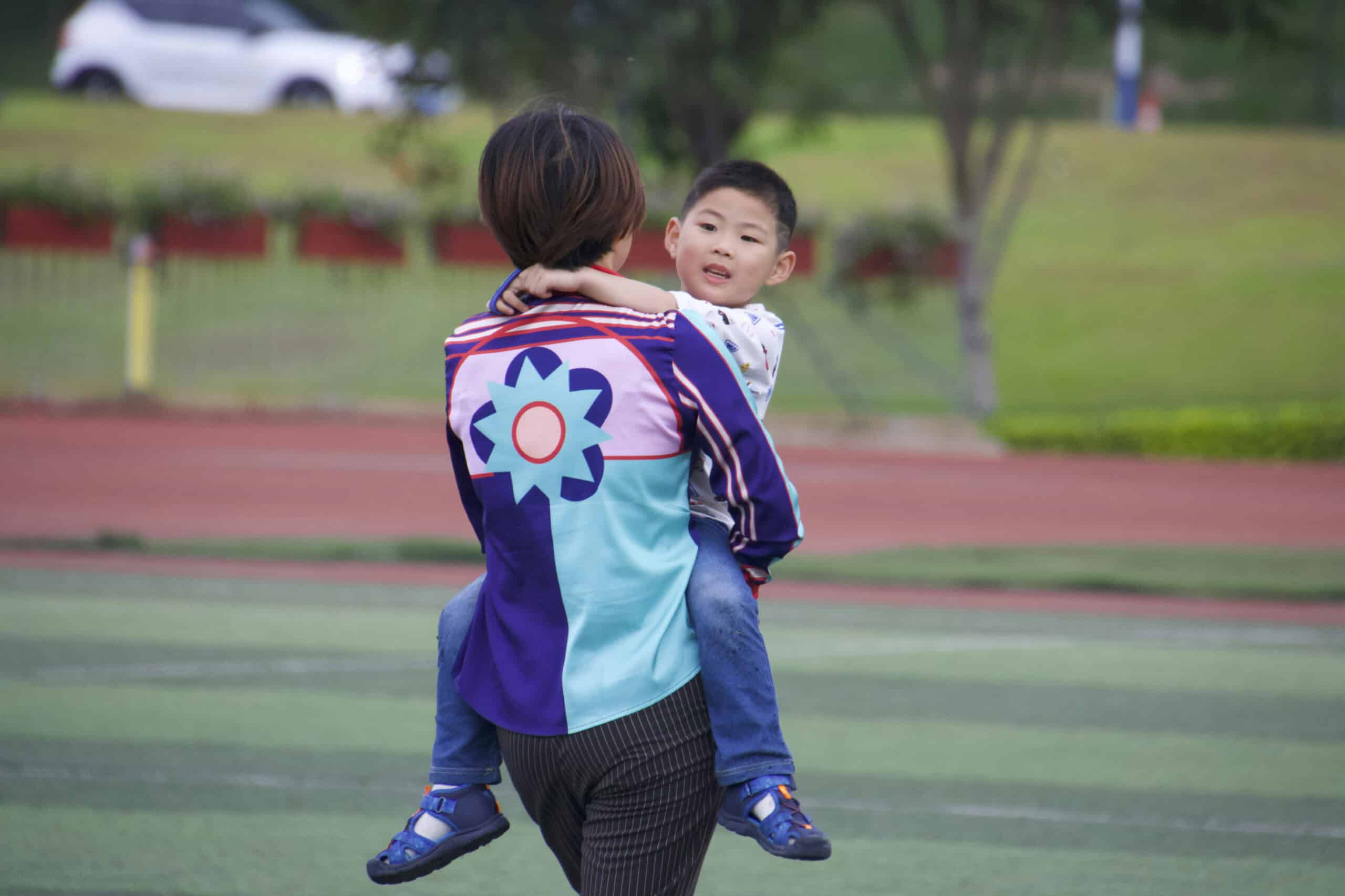16 Childhood Fears and the Best Ways to Handle Them
Childhood fears are a normal, even healthy, part of growing up, often shaped by a child’s stage of development and vivid imagination. From shadows in the dark to worries about being separated from loved ones, these fears can feel very real to children. In this article, we’ll explore some of the most common childhood fears and share practical, research-backed strategies for parents and caregivers to help children manage them with compassion and understanding.
1. Fear of the Dark

Many children experience fear of the dark, often fueled by active imaginations and uncertainty about what’s hidden in shadows. To help ease this fear, try using nightlights, maintaining consistent bedtime routines, and encouraging open conversations about nighttime worries. Creating a comforting and familiar sleep environment can make children feel safer and more secure at night. According to the Cleveland Clinic, these strategies are effective in reducing nighttime anxieties.
2. Fear of Monsters
Monsters lurking under the bed or in the closet are a classic childhood fear. Parents can help by validating these feelings and engaging in creative play, such as using ‘monster spray’ or checking the room together before bed. The American Academy of Pediatrics recommends acknowledging and addressing these fears rather than dismissing them, helping children feel understood and more at ease.
3. Fear of Separation
Separation anxiety is common in early childhood, especially during transitions like starting school or daycare. Gradually saying goodbye and creating consistent routines can foster a sense of security. Experts advise parents to keep farewells brief and loving, always reassuring children by returning as promised. These strategies help build trust and ease anxiety over time. For detailed guidance on managing separation anxiety, refer to the Mayo Clinic.
4. Fear of Strangers
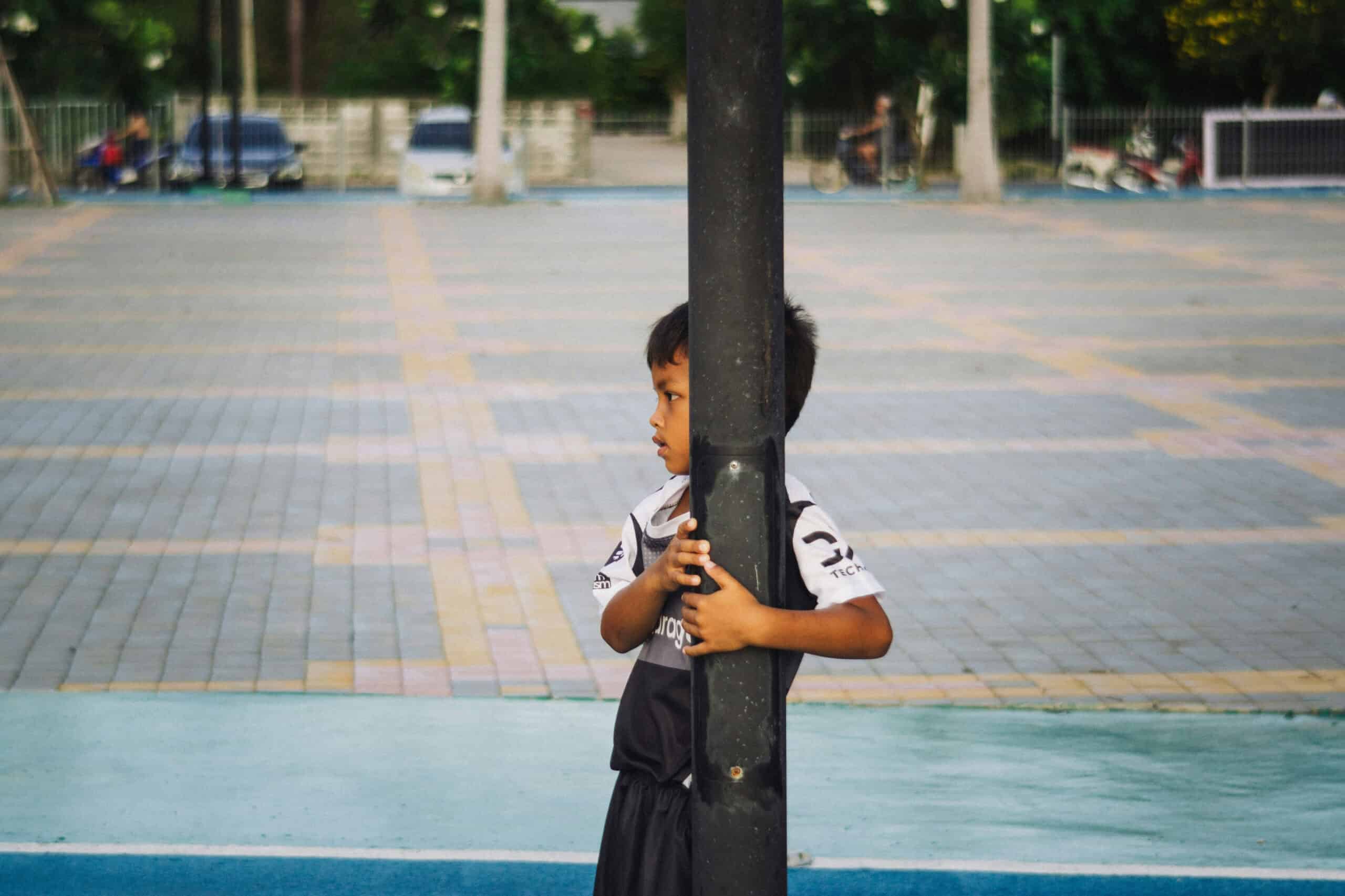
Apprehension around strangers is a normal stage for toddlers and preschoolers. Parents can help by encouraging safe social interactions, modeling friendly greetings, and providing gentle exposure to new people. It’s important to discuss safety boundaries without instilling excessive fear. Gradually, children will learn to distinguish between safe and unsafe situations. For more tips on supporting healthy social development, visit the CDC’s positive parenting resource.
5. Fear of Loud Noises
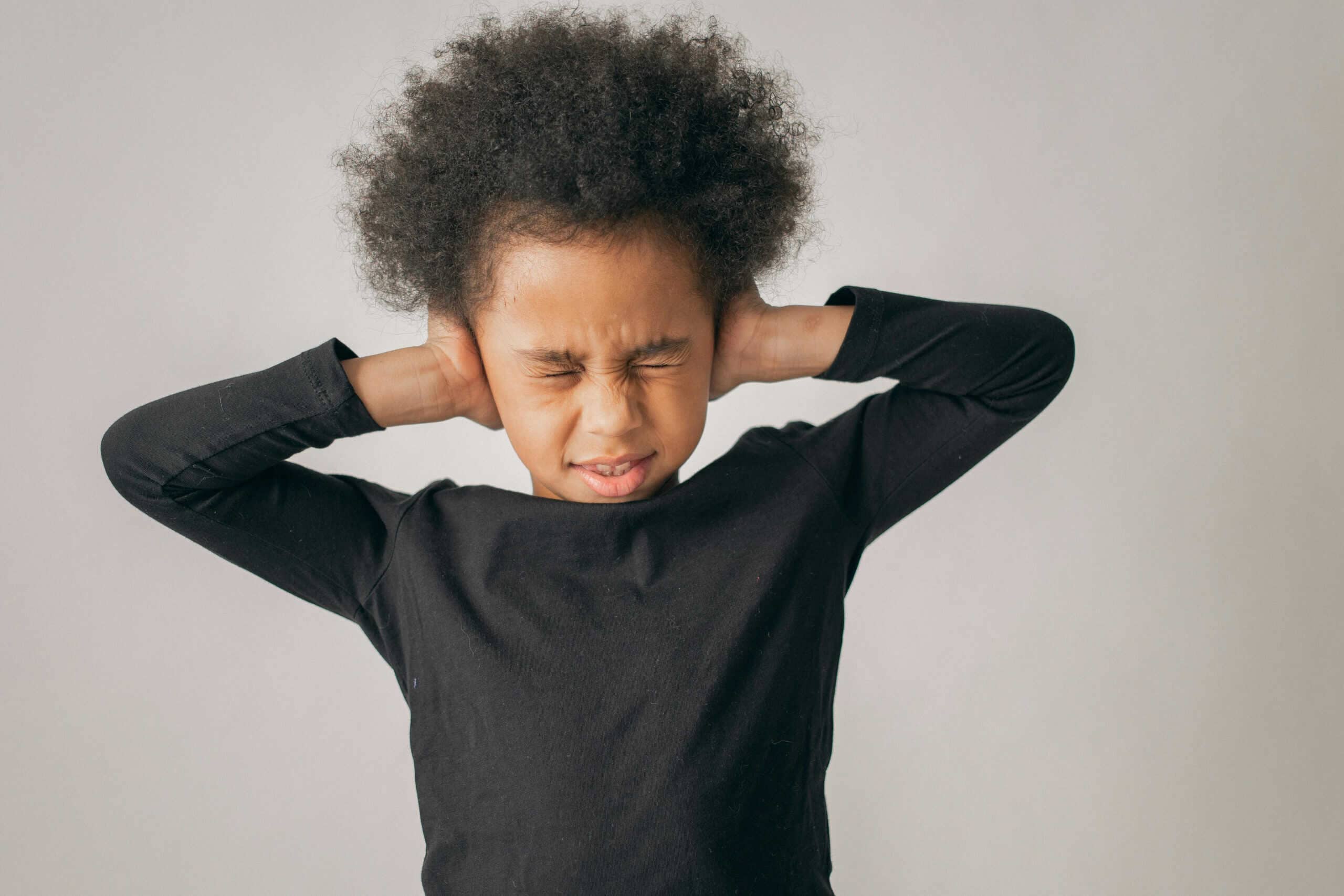
Sudden sounds such as thunder, fireworks, or sirens can be startling for young children. Preparing them in advance and providing comfort during loud events can help ease their fears. Gradual exposure to noisy environments and the use of noise-canceling headphones are also effective strategies. For more tips on supporting children with noise sensitivity, visit the Child Mind Institute.
6. Fear of Animals
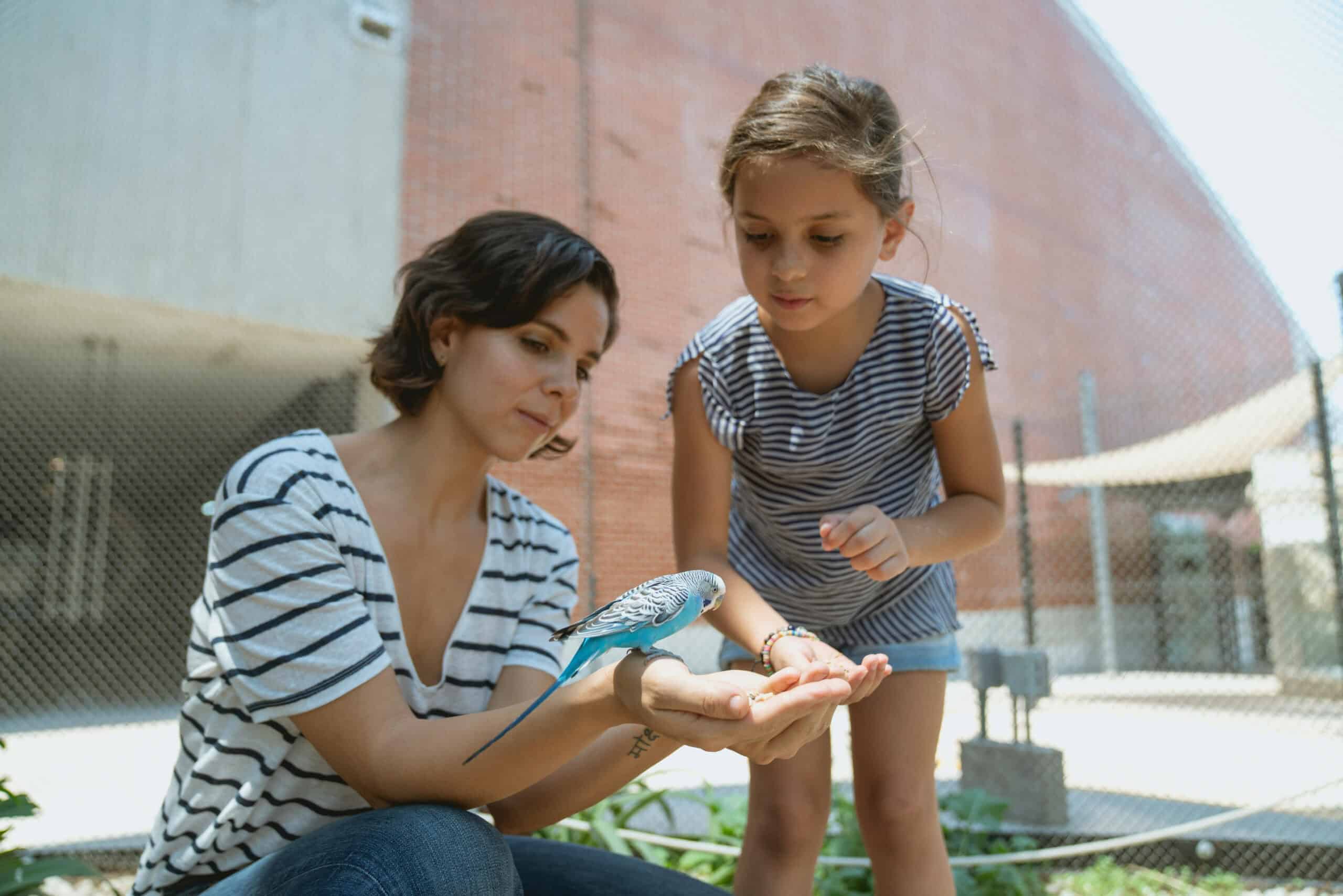
Many children are afraid of dogs, insects, or other animals, especially if they’ve had a negative experience. Gradual introductions to gentle, friendly animals and teaching safe, respectful behavior can help reduce anxiety over time. Building positive associations and allowing children to move at their own pace is essential. For more comprehensive guidance on helping children overcome fear of dogs, visit the ASPCA.
7. Fear of Water

Some children develop a fear of pools or baths, especially following a slip or a frightening experience. Gentle, gradual exposure combined with positive reinforcement can help rebuild their confidence around water. Enrolling children in swimming lessons fosters both comfort and essential safety skills. The American Red Cross emphasizes the importance of water safety and acclimatization for children to overcome these fears effectively.
8. Fear of Medical Procedures
Needles, doctor visits, and dental appointments are common sources of anxiety for children. Offering honest, age-appropriate explanations and using toys or dolls for role-play can help demystify procedures. Distraction techniques, such as storytelling or holding a favorite toy, also ease nerves. Encouraging children to express their feelings openly fosters trust and reassurance. The American Academy of Pediatrics provides helpful tips for parents to make medical visits less intimidating.
9. Fear of Getting Lost

Many children worry about being separated from their caregivers in public places. Teaching them what to do if they get lost—such as finding a safe adult or staying in one place—and practicing these routines can build their confidence. Memorizing important information, like phone numbers and names, further empowers children. For practical advice on keeping kids safe and prepared, visit the National Center for Missing & Exploited Children.
10. Fear of Failure

Children often feel anxious about disappointing adults or not living up to expectations. By encouraging effort over outcomes and celebrating small achievements, parents and educators can help children develop resilience. Modeling a growth mindset teaches kids that mistakes are opportunities for learning, not signs of inadequacy. Schools and families play a crucial role in fostering this attitude. For more on strategies to build resilience in children, visit the Harvard Graduate School of Education.
11. Fear of School

School-related fears can arise from academic pressure, bullying, or unfamiliar routines and environments. Encouraging open communication about worries, visiting the school together, and gradually increasing exposure to the school setting can ease anxiety. Meeting teachers and classmates beforehand may also help children feel more comfortable. For additional support and strategies on managing school anxiety, consult resources from the Young Minds.
12. Fear of Being Alone
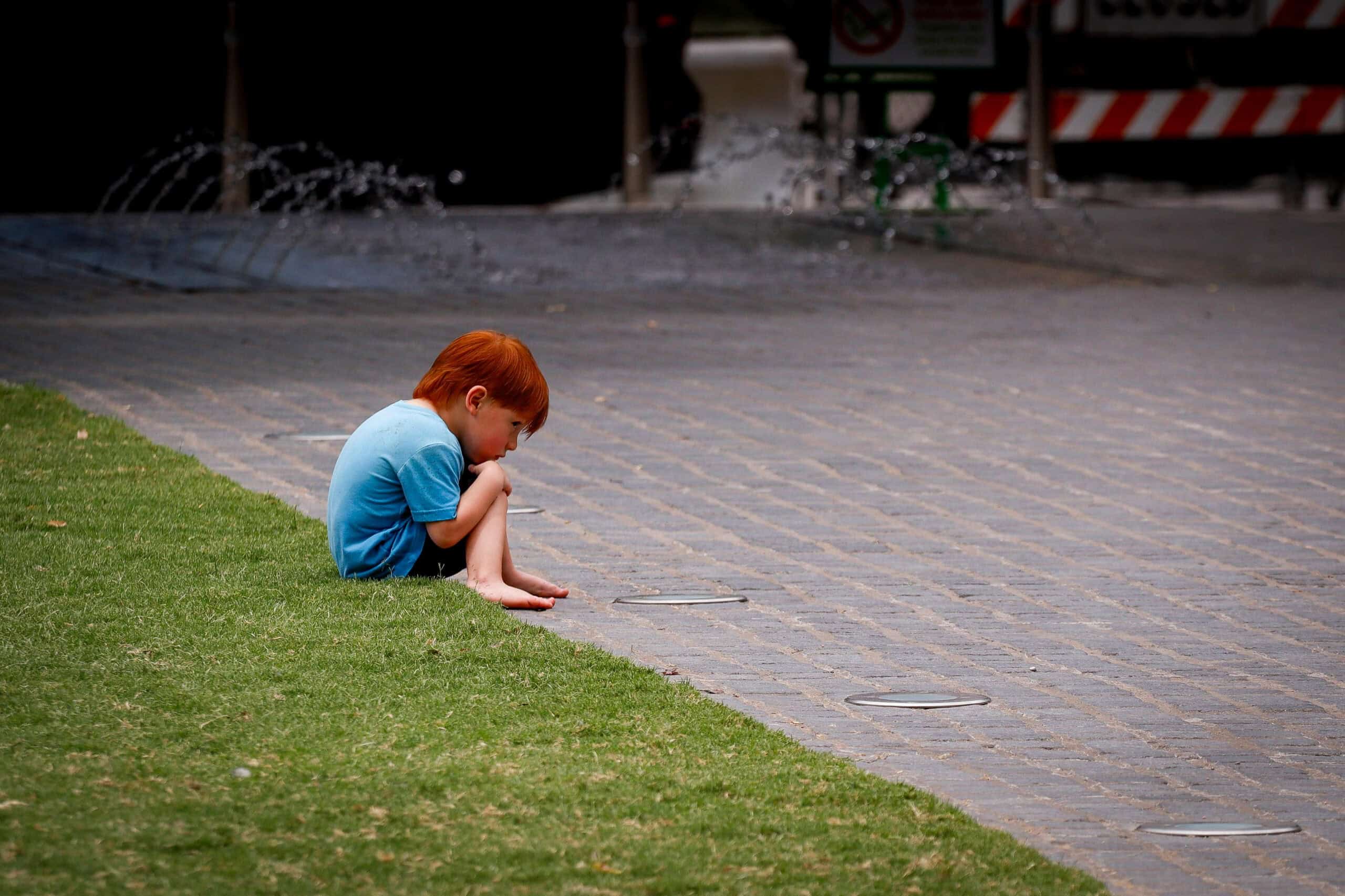
Many children feel uneasy when left alone, particularly at bedtime. Establishing a predictable environment and gradually practicing short periods of alone time can help foster independence. Comfort items, such as favorite stuffed animals or blankets, provide additional reassurance. For more expert advice on easing separation fears and helping children feel secure, visit Stanford Children’s Health.
13. Fear of Storms
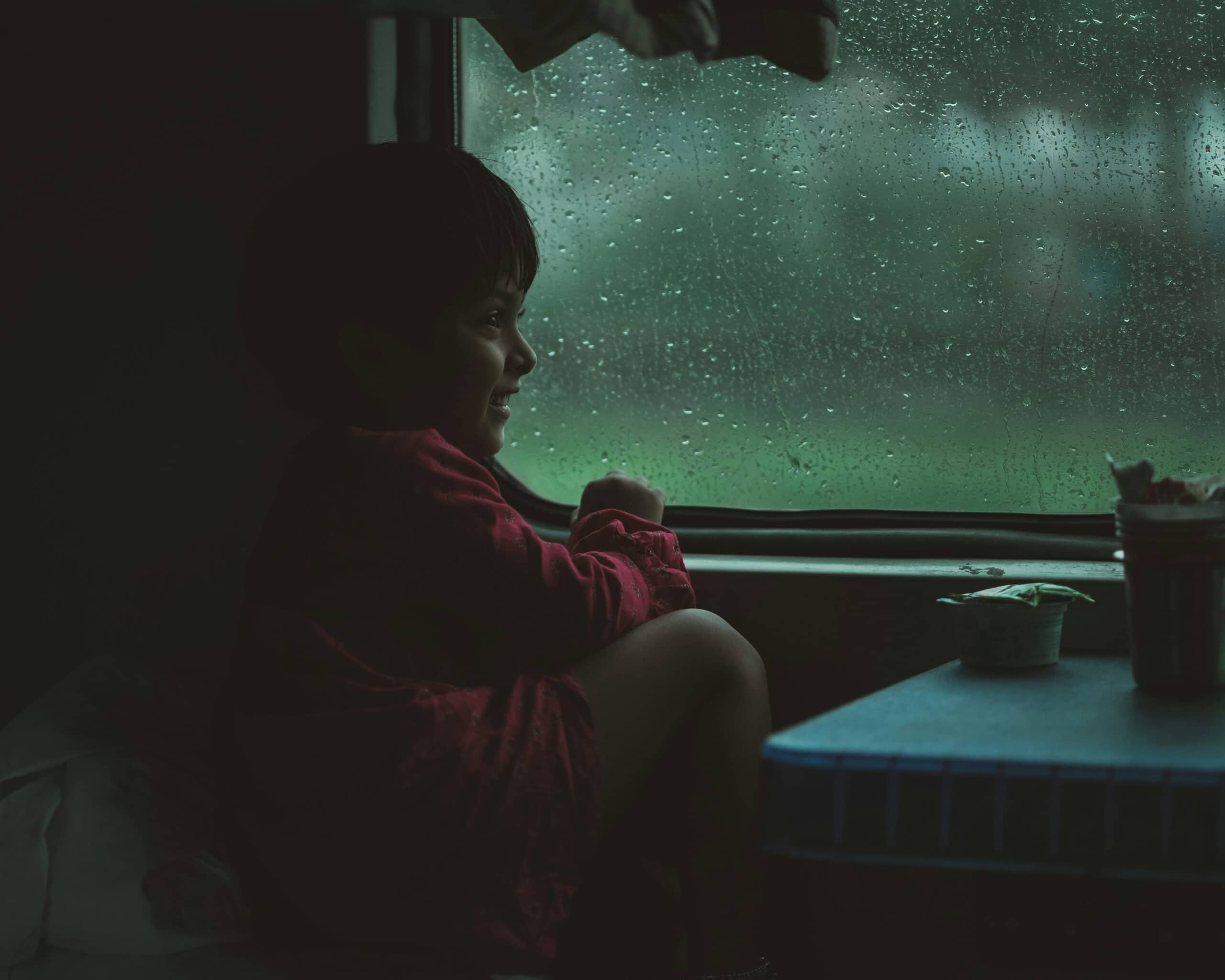
Thunderstorms and extreme weather can trigger anxiety in many children. Explaining weather events in simple, age-appropriate language and providing comfort during storms can reassure and calm young minds. Distraction techniques, such as reading a book together or playing a quiet game, can also help shift focus away from the storm. For more advice on supporting children through natural disasters and severe weather, visit the Cleveland Clinic.
14. Fear of Death or Illness

Children may develop fears about death or illness following personal loss or exposure to troubling news. Honest, gentle conversations that acknowledge their feelings are vital, while also providing reassurance about their safety and well-being. It’s best to avoid overwhelming details and instead focus on the support and security surrounding them. For comprehensive advice on discussing these sensitive topics with children, visit the Child Mind Institute for expert guidance.
15. Fear of Supernatural Entities

Fears of ghosts, witches, or other supernatural beings often stem from stories or media exposure. Listening to children’s concerns and gently helping them distinguish between fantasy and reality can ease anxiety. Avoiding scary books or shows before bedtime is especially important for reducing nighttime fears. For more expert advice on addressing these concerns, visit the Fatherly’s tips for overcoming bedtime fears.
16. Fear of Getting in Trouble
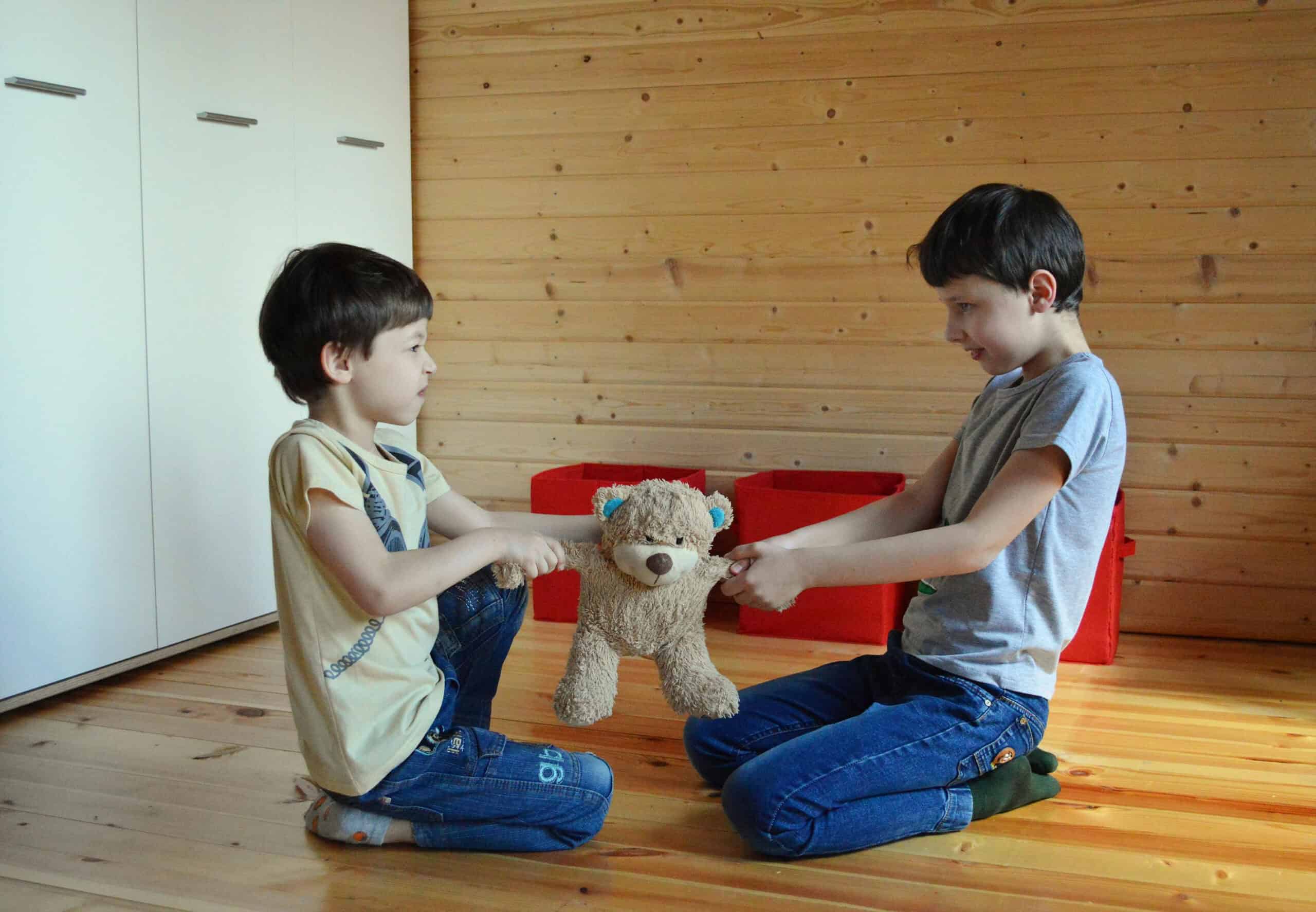
Worry about punishment or disappointing adults can cause significant anxiety in children. Using consistent, fair discipline and maintaining open conversations about mistakes encourages honesty and helps children feel safe. Child development experts recommend focusing on what can be learned from mistakes rather than assigning blame. For more on positive parenting and effective discipline, visit the CDC’s positive parenting resources.
Conclusion

Addressing childhood fears with understanding and compassion is essential for healthy emotional development. Patience, open dialogue, and consistent reassurance help children feel safe as they navigate their anxieties. Remember, most fears are a normal part of growing up and typically fade with time and support. For persistent or severe anxiety, seeking guidance from expert resources like the Child Mind Institute or the American Psychological Association is recommended.
.article-content-img img { width: 100% }

